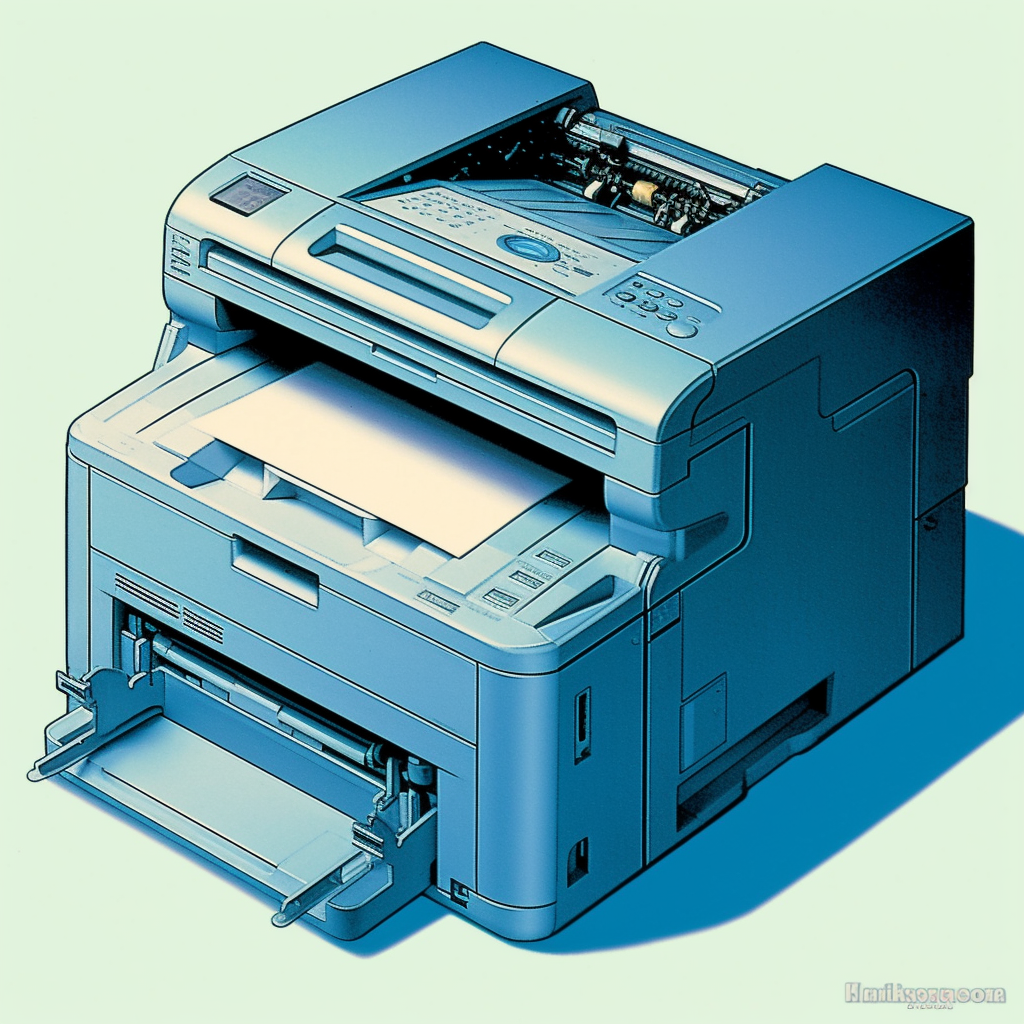
Laser printers are a common printing device and are widely used for their high speed and high quality print out. So, how do laser printers work? In this article, we will explore how a laser printer works to help you better understand its internal mechanisms.
The working process of the laser printer can be divided into the following main steps:
Laser beam generation: First, the laser printer uses a laser diode or laser to produce a highly focused laser beam. This laser beam is high energy and monochromatic, and is suitable for meticulous printing tasks.
Image processing: Next, the document or image to be printed is image processing by a computer or other equipment. The computer converts the image into print instructions and data that can be understood by a laser printer.
Processing of light-sensitive drums: A laser printer uses a light-sensitive drum surface (also known as a photosensitive drum or photosensitive drum sheet) to receive printing instructions. The light-sensitive drum surface is a cylindrical part coated with special chemicals. In the initial state, the light-sensitive drum surface is charged by the charger to have a uniform positive charge on its surface.
The role of a laser beam: The laser beam passes through a series of lenses and mirror systems and is accurately positioned and illuminated on the light-sensitive drum surface. Through the lens and mirror movement, the laser beam draws a charge pattern on the light-sensitive drum surface.
Toner adsorption: When the laser beam hits the light-sensitive drum surface, the charge pattern on the light-sensitive drum surface attracts the toner particles. Toner is a fine powder composed of color particles and plastic powder. The toner will attach to the area with the corresponding charge, forming a temporary toner pattern.
Transmission and fixation: Next, the printed paper is transmitted to the light-sensitive drum surface, in contact with the toner pattern. The ink powder was transferred and
Attached to the paper to form the final printout. Usually, the laser printer uses electrostatic action to absorb the toner from the light-sensitive drum to the paper and fix the toner by a heating roller or hot pressing to make it firmly combined with the paper.
During the whole process, the control system of the laser printer plays a key role. A computer or other device sends the image processing instruction to the controller of the laser printer, which controls the position and intensity of the laser beam and the charge generation on the light-sensitive drum surface.
Laser printers have some significant advantages over other printing technologies. First, a laser printer can print at high speed and can print dozens of or more pages per minute. Secondly, the laser printer produces very high printing quality and can present detailed images and clear text. In addition, laser printers can also process various types of paper and media, including ordinary paper, cards, labels, etc.
It is important to note that different models and brands of laser printers may differ in technical details and functionality. Therefore, when choosing a laser printer, you should consider your own printing needs and budget, and choose the suitable model and specifications.
In short, the laser printer adsorbs the toner to the light-sensitive drum surface through the action of the laser beam, and then transmits it and pins it on the paper to achieve a high-speed, high-quality printout. Its working principles and techniques make it a widely used printing solution for a variety of personal and commercial printing needs.
